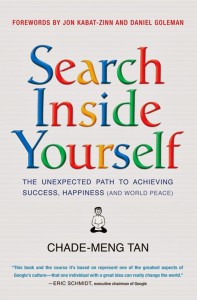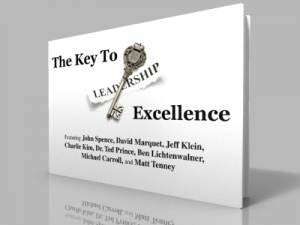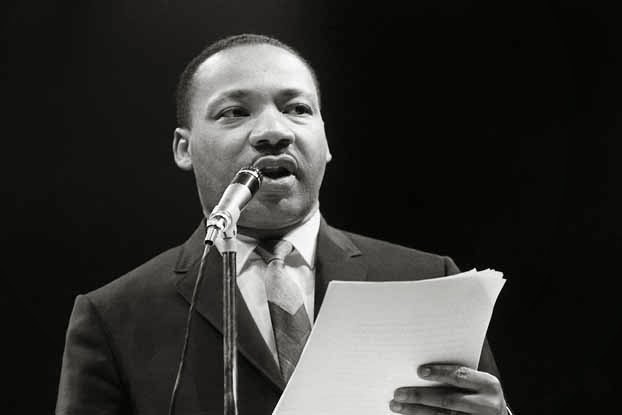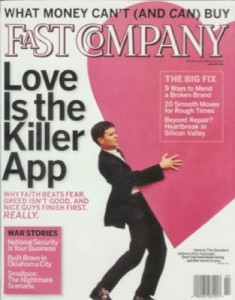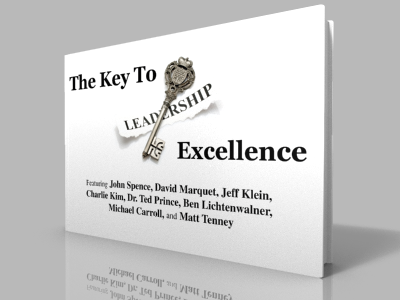Have you ever noticed how truly great people have an incredible ability to make you feel as though you are the most important person in the world when they interact with you?
One of the most important things we can do to dramatically improve our success as leaders is to cultivate the ability to make other people feel important.
Over the last three years, I’ve spent a lot of time at Shands hospital at the University of Florida, working on our Kids Kicking Cancer program. Every time I walk the halls of the hospital I am both surprised and amused at how few of the staff members make eye contact as they walk by. These people are looking at my ID badge instead of at me.
I’ve thought of some fun ways to wake people up from their label-obsession-induced slumber. The most kind way I could think of is to say, a little louder than necessary, “Hi there fellow human being!”
When we look closely at our mental habits, we can see that we’re constantly labeling and classifying the people around us, aren’t we?
She’s the grumpy, middle-aged, mailroom lady… He’s the overweight, arrogant, sales guy… She’s the flaky, new-age, granola bar-eating, receptionist… The mind is always doing this, isn’t it?
If we want to build influence with others and improve our effectiveness as leaders, we need to work at transcending this habit of mind and improve our ability to simply see other people as fellow human beings who ultimately want what we want: To be happy.
Eye Contact and a Smile
A great first step is to make the habit of always making eye contact with people walking by, smiling, and saying, “Hello.” If this becomes a habit with strangers, it will become a habit with people we work with as well.
While at work, we should greet people by name. If we don’t know their name, we should learn it immediately.
Wishing Happiness
Once we become more comfortable making eye contact, smiling at, and greeting everyone we walk past (everyone possible anyhow), we’re ready to take it to the next step. As we’re walking around, we can mentally wish, “May she/he be happy and well,” for each person we see, whether or not she/he makes eye contact with us.
Being Genuinely Interested
Wishing people happiness helps us with the next practice, which is cultivating genuine interest in others. When we’re genuinely interested in other people, we ask a lot of questions and do a lot of listening. We look for and comment on the positive we see in people.
Charisma
People often say that great leaders have charisma, which is defined as “compelling attractiveness or charm that can inspire devotion in others.” Practicing these three ideas gives you charisma. Nothing is more attractive or charming than caring for and being genuinely interested in others.
Do you ever feel as though people only see your label?
Who do you know that really sees you and is interested in you?
Thanks for reading this post! As a gift, I’d like to give you this excellent eBook for FREE!
CLICK HERE to learn more about the eBook, featuring chapters from John Spence, Jeff Klein, Charlie Kim, Michael Carroll, Ted Prince, David Marquet, and Ben Lichtenwalner.








